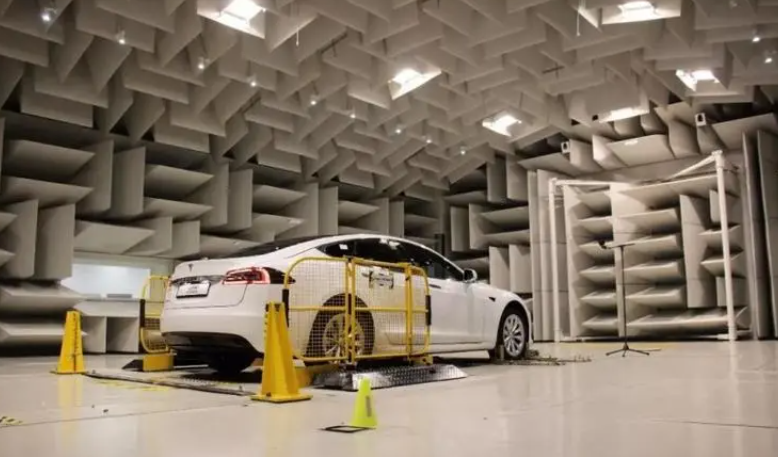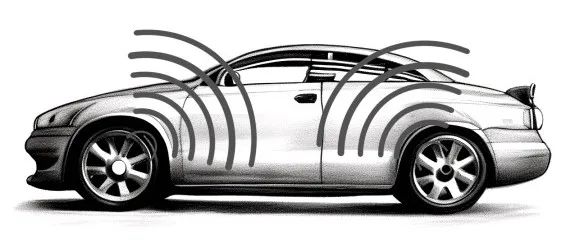NVH Introduction
NVH (Noise, Vibration and Sound Roughness) is a broad field of study that is concerned with problems related to noise and vibration in automobiles, mechanical equipment, and other engineered systems. In this field, researchers work to understand and solve noise and vibration problems in order to reduce their impact on users. These problems will not only affect the comfort of the product, but also affect the quality and reliability of the product. Therefore, studying NVH issues is very important because it can help manufacturers produce higher quality, more reliable, and more comfortable products. NVH research can involve understanding the mechanisms of noise and vibration generation and propagation from a material and structural perspective, as well as design improvements, vibration isolation, and noise control.

NVH Basics
Noise is any unwanted sound or combination of sounds that can come from many different sources, such as road surface, powertrain, wind noise, etc. Perceived vibration refers to the vibration of any object or surface in the car, which may cause discomfort or affect the surrounding environment. The term acoustic roughness is often used to describe the intensity and discomfort of unwanted sounds and/or vibrations, especially if experienced over a short period of time. In many cases, this discomfort can have an adverse effect on our physical health, such as causing symptoms such as headaches, insomnia and anxiety, so we need to pay attention and take appropriate measures to reduce the negative effects of noise and vibration on our physical and psychological.

In essence, the vibration and noise of the mechanical system are superimposed by multiple excitation sources arriving at the target position through different transmission paths. Therefore, the establishment of vibration noise sources-path-response model is the most commonly used method to explain automotive NVH problems. The model describes the propagation path and response process of vibration and noise in the vehicle structure, which helps to analyze and control the vibration and noise problems of the vehicle.
The model mainly includes the following elements:
Vibration Noise Source: This refers to the source of vibration and noise, such as engines, transmissions, suspension systems, etc. They are transmitted into the car through vibrations and sound waves caused by mechanical movement or gas flow.
Vibration Transmission Path: refers to the path of vibration and noise propagation from the source to the automotive structure, including mechanical connections, elastic components, liquid media, etc. The characteristics of the propagation path will affect the transmission process of vibration and noise, such as transmission loss, resonance phenomenon, etc.
Structure Response: This refers to the response of the vehicle structure to vibration and noise. The inherent vibration characteristics, resonance frequency and mode distribution of the structure affect the propagation and amplification of vibration and noise. The structural response of different parts affects the vibration and noise levels inside and outside the vehicle.
Sound Radiation: This refers to the process of the sound wave generated by the vibration of the structure of the car to radiate inside and outside the car through the propagation path. The characteristics of acoustic radiation are determined by structural vibration and acoustic characteristics, including radiation efficiency and radiation directivity.
These test methods can help engineers understand NVH issues in products and guide optimal design and improved manufacturing processes. The specific test method and tool selection will vary according to the specific application and test needs.



